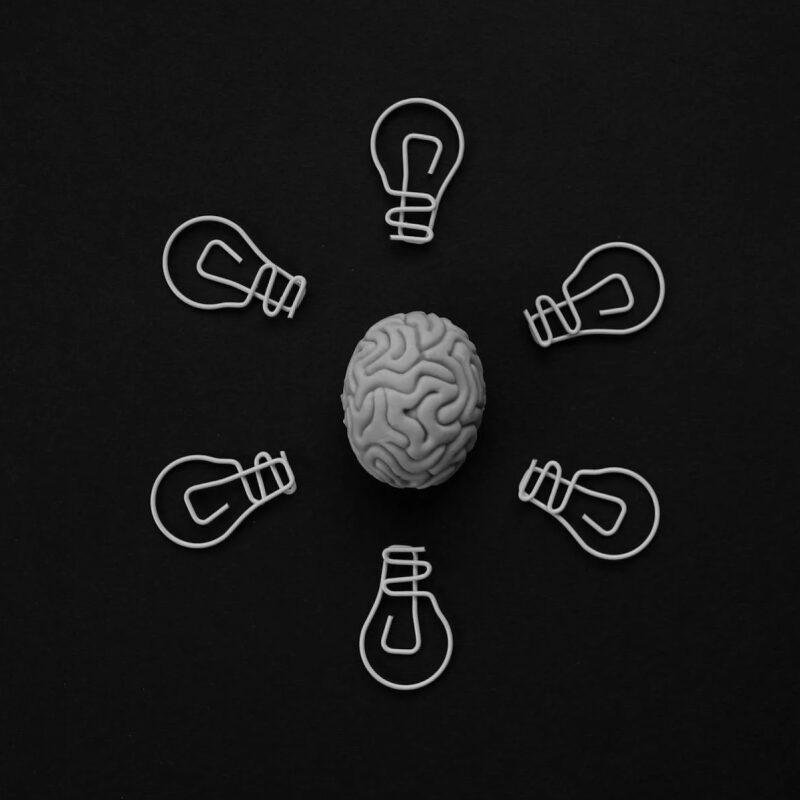Imagine yourself trapped in a maze, desperate to find a way out. You could either go in circles and backwards every time you hit a wall until you find a way out, or climb a ladder, get a bird’s-eye view, and figure out the whole maze at once. Which one would you choose?
Like that ladder, systems thinking helps you figure out how to improve user experience by looking at the whole picture.
Reductionist Approach
The prevailing development practice of fixing only what’s broken is a classic example of reductionist approach. Improving customer experience by tackling each issue as a separate entity. Did a customer complain about the checkout process being slow? Fix it. Did someone mention that the product descriptions are confusing? Write a better description. It’s all about breaking down the problem into smaller pieces and solving each one separately.
Sounds good, right? Sure, but here’s the catch: by focusing on one problem, you will miss the bigger picture. If you don’t zoom out and see how fixing one problem could be impacting the overall experience, you might do more harm than good. You could spend ages tweaking little bits here and there without realizing that the whole system – the customer journey – is still a confusing mess.
What is Systems Thinking

Photo Credit – Pexels
Systems thinking is a way to approach issues by looking at them as systems. Rather than considering only how to solve an immediate problem, you consider how all the pieces connect to make the whole.
Sources: Reference 1 & Reference2
Systems thinking is a way of solving problems that focuses on seeing how different parts of a system are interlinked and depend on each other, rather than just looking at the parts separately. It means seeing the big picture, spotting patterns, and figuring out how the different parts of a complicated system affect each other. Systems thinking helps find root causes, predict unintended effects, and make more long-lasting and effective solutions by looking at things as a whole.
It’s easy to get caught up in the individual elements of a user experience – a button here, a form there, a loading screen in between. But just like a car isn’t just a steering wheel plus an engine plus four tires, a truly effective user experience is more than the sum of its parts. That’s where systems thinking comes in. It encourages us to zoom out and see the interconnectedness of every element, every interaction, and every touchpoint in the user journey.
Benefits of using ST in UX Process
- It Connects the Dots: Systems thinking helps you see how each part of the customer journey impacts the others. Maybe that confusing product description isn’t just a content issue—maybe it’s tied to how your products are organized, how customers navigate your site, and even how they feel when they can’t find what they need.
- It Prevents Unintended Consequences: When you fix one part of the journey in isolation, you might accidentally mess up another. Systems thinking helps you anticipate these ripple effects and avoid creating new problems while solving old ones.
- It Builds Resilience: By understanding the whole system, you can design a customer experience that’s not just good today but can adapt and thrive in the future. Systems thinking helps you create a CX strategy that’s flexible, responsive, and ready for whatever comes next.
So, How Do You Get Started?
All you need is just a bit of curiosity and a willingness to see the big picture. Here’s how you can begin:
Map the Journey
Create a visual map of your entire customer journey, from the first touchpoint to the final goodbye. Include every interaction, emotion, and decision point.
Look for Connections
Identify how different parts of the journey influence each other. Are there bottlenecks that cause frustration? Are there moments of delight that could be amplified?
Think in Loops
Systems thinking often involves feedback loops—situations where one part of the system influences another, which then circles back to impact the first. Identify these loops in your customer journey.
Test Holistically
When you make changes, test them across the whole system, not just in isolation. See how they impact the customer experience from start to finish.
—
Isn’t it similar to Service Design?
Yes, to some extent. While systems thinking provides a bigger picture to understand patterns and relationships, service design helps you zoom in on creating seamless experiences for specific moments and details within a service. Together, they complement each other, with systems thinking providing the strategic overview and service design focusing on tactical execution.


